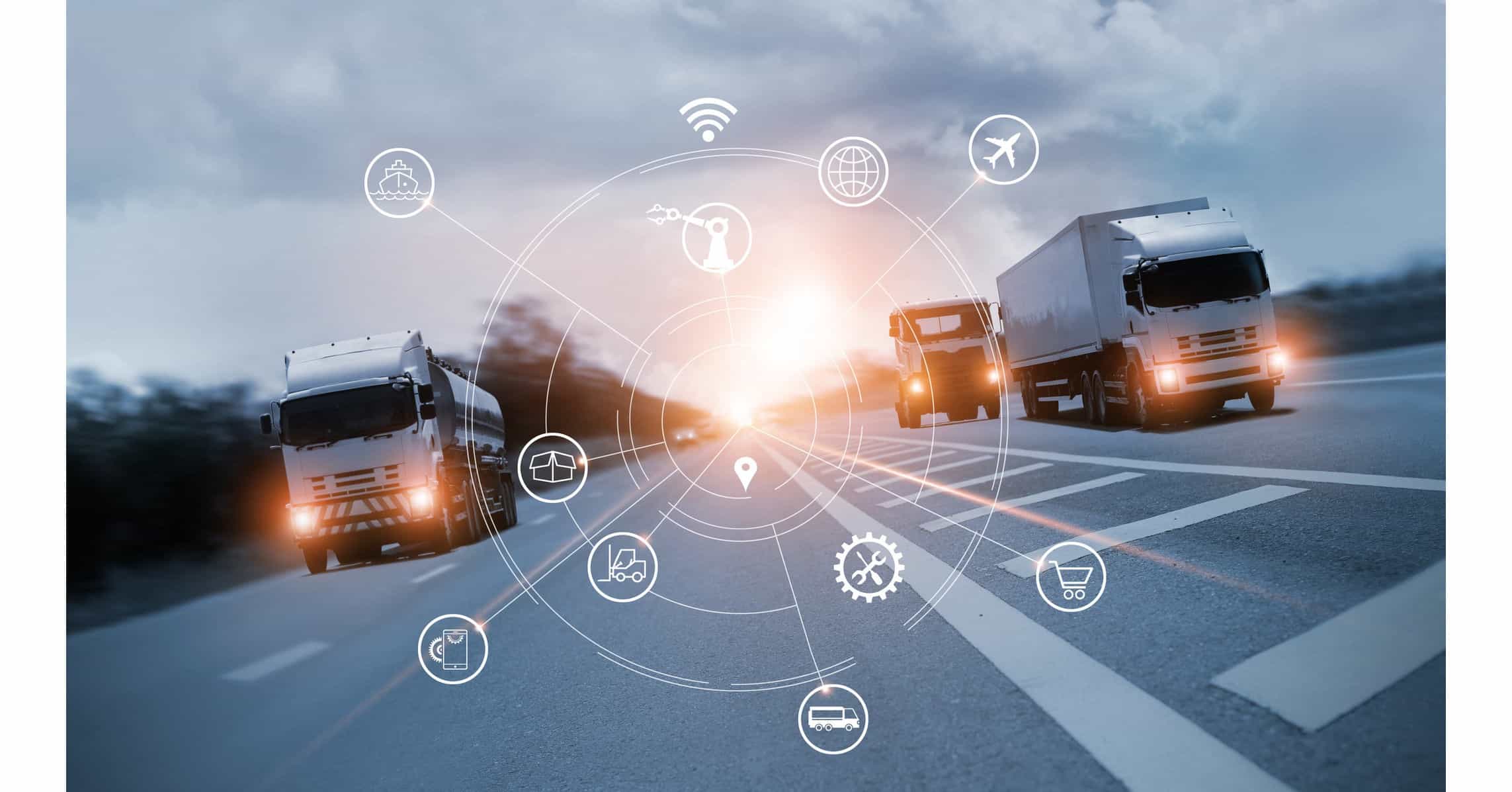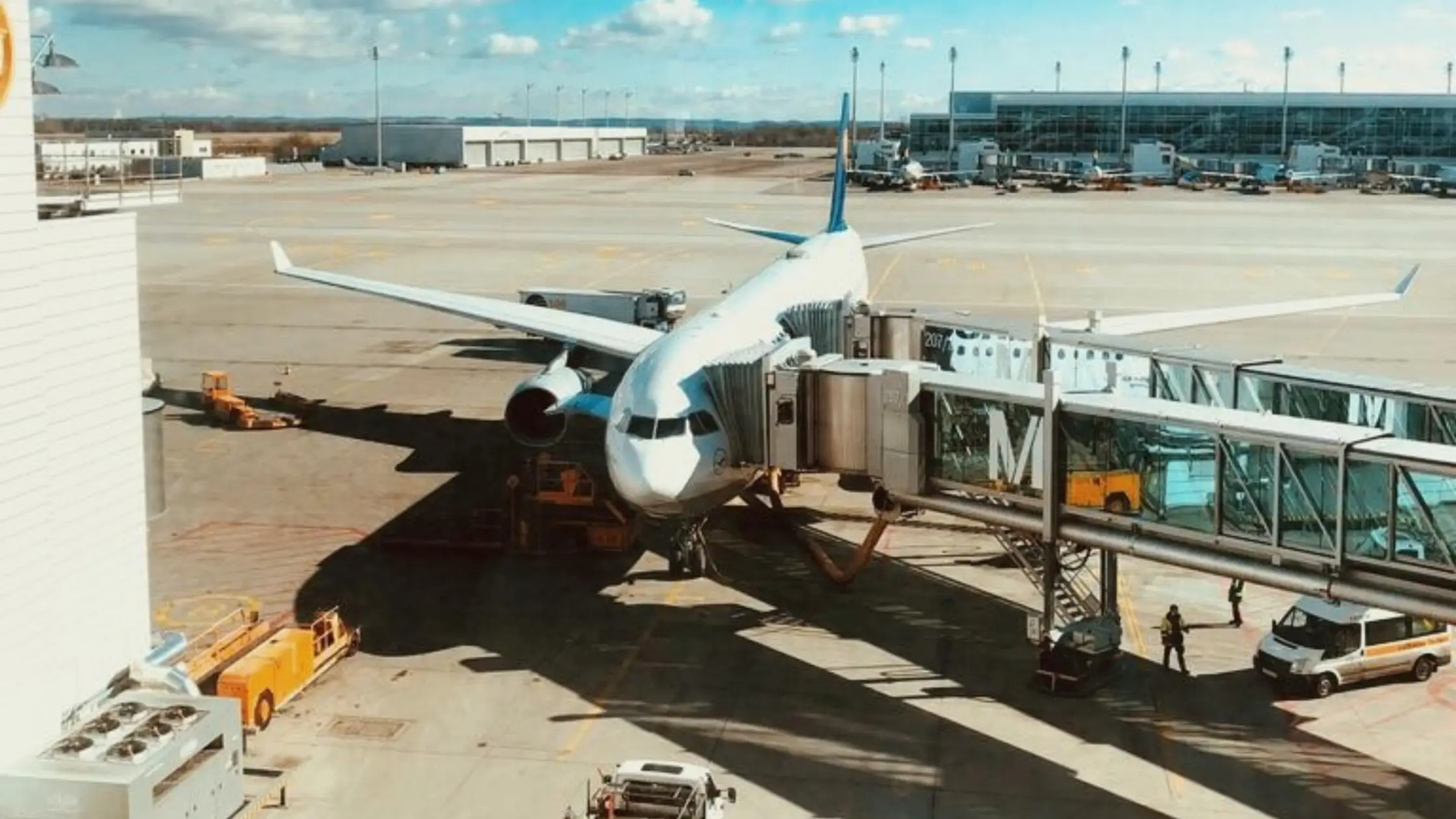Historically, fleet management has not been an easy endeavour. With so many moving parts and dependencies, companies have struggled with the bandwidth to stay on top of their operations and expenditures. There’s the need to ensure that vehicles and drivers are assigned efficiently, that resources aren’t constantly overstretched and that unnecessary costs aren’t racking up – all of which is incredibly difficult if you don’t have real-time information at your fingertips.
Thankfully, innovations in technology are revolutionizing the process. Telematics solutions are shifting the way in which organizations track and manage their fleet operations, yielding a wide range of benefits in the process. Here’s how telematics will improve your fleet operations in 2022.
The Benefits of Telematics
Telematics is a monitoring technique that uses a combination of GPS, dash cam technology and on-board diagnostics (OBD) to keep track of automobiles, trucks, machines, and other assets. By analyzing real-time fleet data, such as location and activity information, end users can use telematics to provide invaluable business insights into their operations and assets.
Since fleet managers don’t have time to measure every single aspect of the operation manually, telematics is a quick and easy way to assess your fleet’s performance at any given moment. The system automatically detects all the details you need to keep track of without needing intervention from human operators.
Telematics solutions offer a comprehensive list of benefits to trucking companies. It can tell you how fast you’re going, how much gasoline you’re using, where your trailers are, whether your vehicles are in good condition, and much more.
Regardless of the solution you choose for your fleet, telematics help your drivers stay safe on the road. Fleet managers can keep an eye on their drivers by checking the safety scores of each individual vehicle, which consider the hours driven and operating conditions. These metrics help fleet managers identify problematic driving behaviours before they become a major liability for the company.

Where Video Telematics is Heading
Telematics is a rapidly expanding market that promises to reach $3,556 million in global sales by 2026, according to reports. The automotive sector is being pushed ahead by the advent of 5G, electrical engineering, vehicle technology, and AI as automobiles become part of the IoT family.
According to Berg Insight, the number of active video telematics systems in North America reached a staggering 2.1 million units in 2020. The active installed base is expected to reach more than 4.4 million units in North America by 2025, growing at a compound annual growth rate (CAGR) of 16.2 percent.
This new study identifies key insights into the video telematics market. It found that cameras are being integrated into commercial vehicle systems at increasing rates to provide a variety of video-based solutions and are becoming a priority in the transportation sector as such.
With such extreme growth, it is all but certain that telematics and the future of fleet management will go hand in hand.
Why The Adoption of Telematics Will Make or Break Fleets In 2022
Without a doubt, telematics is an essential integration for your operations. It helps you take actionable steps to improve your company’s performance and remain prepared for anything that comes ahead.
With the amount of data collected through telematics, fleet managers can easily identify trends surrounding their vehicles, drivers and assets, and make informed decisions about their company’s future. Moving forward, businesses will define a successful new year with the decision to either adopt or delay the integration of this technology.
How GoFleet Is Leading the Way
With the rapid evolution and adoption of telematics solutions, it can be hard to keep track of what changes are being made. So far this year, there have been some big changes in telematics—and they’re all happening right now.
GoFleet is leading the way in this technology and its shifts, offering new ways in which to take advantage of what telematics has to offer.
Zenducam, one of GoFleet’s most renowned products, has changed the telematics game, allowing businesses to effectively monitor their fleets and related operations.
The innovative dash camera offers features such as the real-time transmission of video, live GPS location, insights on driver behaviour and much more. Zenducam allows fleet managers to readily access data and leverage it to bolster their fleet’s performance while keeping driver and asset safety top of mind.
Solving Problems Through Expertise and Excellence
GoFleet leads the way in ongoing innovation and is helping solve some of the commercial trucking industry’s biggest pain points in the process.
Issues such as staffing shortages, safety and compliance can be daunting, but easily navigated through GoFleet’s revolutionary approach to fleet management.
With the increasing demand for more efficient, smarter, and safer fleets than ever before, GoFleet is positioning businesses to take advantage of the telematics evolution.
GoFleet helps measure, monitor, and manage drivers and vehicles, whether you have one vehicle or hundreds. We guarantee peace of mind by taking on the more tedious operational tasks while you improve your company’s performance.
Our advanced telematics systems are scaled to the needs of your business, delivering only the best quality and performance while following all compliance standards. This way, your business can proceed with clear and achievable goals in mind while we provide curated integrated telematics data to provide advanced support for all your fleet’s needs.
GoFleet’s products and approach to success are a trademark of its efficacy as a solution to fleet management, and ultimately revolve around the priority of customer care. Assisting customers in navigating this ground-breaking technology, GoFleet has established itself as an expert in telematics and is readily accessible to its customers for post-sales support.
By leveraging these cutting-edge solutions, companies will be able to monitor their fleet’s activity more effectively than ever before—and put together comprehensive plans for its future success. GoFleet continues to pave the way for automated fleet management, and plays a pivotal role in defining what it means to be successful in 2022.



